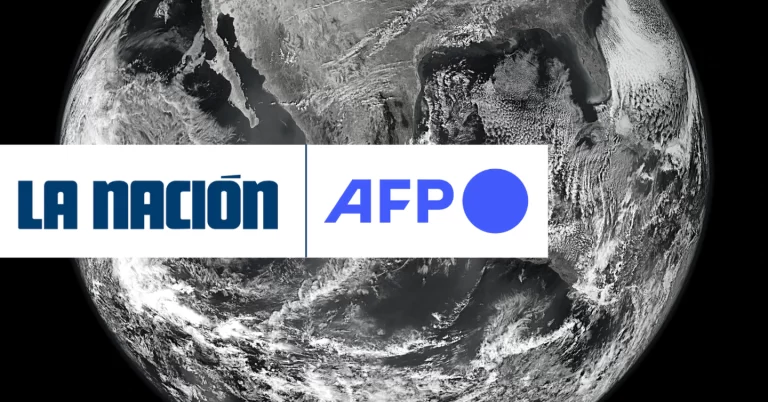
Between 10,000 and 100,000 million living organisms inhabit each liter of seawater. But this “ocean microbiome”, which has made the planet habitable, remains largely unknown and a scientific mission – carried out with the French Navy – aims to catalog it.
“The microbiome of planet Earth is the theme of the century,” says Colomban de Vargas, director of research at the CNRS, the French center for scientific research, at the Roscoff biological station (west).
This Swiss, “obsessed with exploration”, dedicated himself to mapping oceanic plankton, this great “soup of microbes” made up of viruses, bacteria, protists, animals, etc. Sailing at the mercy of ocean currents, these “invisible forests” made the planet habitable, producing most of the oxygen we breathe, he details.
“Biodiversity is above all microbial. For 3,000 million years, there were only microbes,” says the researcher. Now, “it is not known what microbes we live with, nor how many there are on Earth.”
Taking advantage of the lessons of the “Tara Oceans” mission, which has already made 220 measurements of marine microorganisms, Colomban de Vargas and his fellow researchers want to establish a “cooperative, frugal, planetary and perennial measure” of this invisible ocean life.
Through the “Plankton Planet” project, the aim is to entrust, in the long term, economically accessible measuring instruments and sensors to the tens of thousands of sailboats, trade ships or goods transporters that ply the planet.
The objective is to understand “the adaptation of the living in the face of the brutal changes” imposed by human activities.
“But it is not obvious because it is necessary that the measure be homogeneous”, emphasizes Colomban de Vargas.
For its part, the Bougainville mission – in cooperation with the French Navy – aims to consolidate the reliability of plankton “sensors”. To this end, ten master’s students from the Sorbonne University in Paris will embark on ships of the national navy as “biodiversity officers”.
Students will travel the 11 million km2 of oceanic France in the Indian and Pacific Oceans, aboard Overseas Support and Assistance Ships (BSAOM).
After tests off the coast of Brest (west), the first students will embark in September 2023, and will collect thousands of biological data (images and DNA) until 2025.
The data collected, “hundreds of billions of images of plankton and DNA sequences”, will be stored in databases open to researchers from around the world, explains Columban de Vargas.
They will make it possible to control the health of marine ecosystems and their evolution based on pollution or climate warming.
In addition, the researchers want to study the migration of animal plankton at depths of several hundred meters during the night, described as the “greatest movement of biomass” on the planet, and which would be one of the engines of the “carbon pump” involved in capturing CO2 in the ocean.
The cost of the mission, which must be financed by patrons, is estimated at around $950,000 for the first three years.
aag/et/npk/dlm/mab/zm